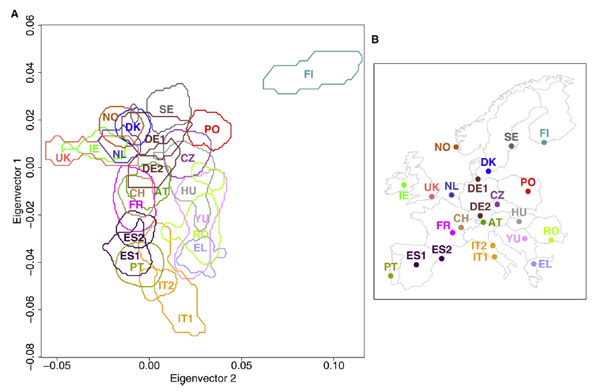I happened across NewsTrust.net, a new social news aggregation site. I’m a big fan of other sites in the category like Reddit, despite their flaws, and NewsTrust includes a tagging system so I feel obligated to investigate it like any other folksonomy.
So I created an account to give it a try. The big difference between this site and others is the emphasis on quality journalism. NewsTrust asks for your real name, and in addition to giving weight to users who write good reviews and get votes from other users, it adds factors like experience as a journalist to the mix. It makes specific disticntions between mainstream media sources and altenrative media sources.
It’s an interesting idea, and it’s good to see journalists working together with programmers and web developers to make use of some of the social software techniques that newspaper websites so often catch on the trailing edge. The site’s features seem geared toward providing users with the best that professional journalism has to offer with a dash of brilliant amateur writing thrown in – even the page layout looks more like a newspaper site than a Digg or Del.icio.us clone.
But I’m not sure it will work, at least not without some tweaking. I don’t know if they put a lot of weight into the “experience” of users, but it didn’t require any verification of my 5-9 years of journalism experience (for the record, that’s four years in college plus more than a year of stringing here and there). Here’s the problem of trust again, though hopefully mitigated by fellow users’ reviews.
The other issue is interaction design. The widgets and buttons all work just fine, but when you rate a story you’re asked to score on six dimensions: Recommendation, Trust, Information, Fairness, Sources, and Context. Only the first is required, but give users options and they are bound to feel obligated to exercise them. Give them too many tasks and they will tend to give up. So the simple interaction model of Reddit, where users don’t even have to click through to rate a story, might be information-poor but participation-rich in comparison.
Still, I will play with the site more and I wish them luck, I think they have some promising ideas. For example, in their blog they talk about gathering sources from other countries based on big world news events, specifically the Russian invasion of Georgia. Reddit is only fleetingly so reflective and few sites use temporary peaks in interest to get long-term data on source credibility.

